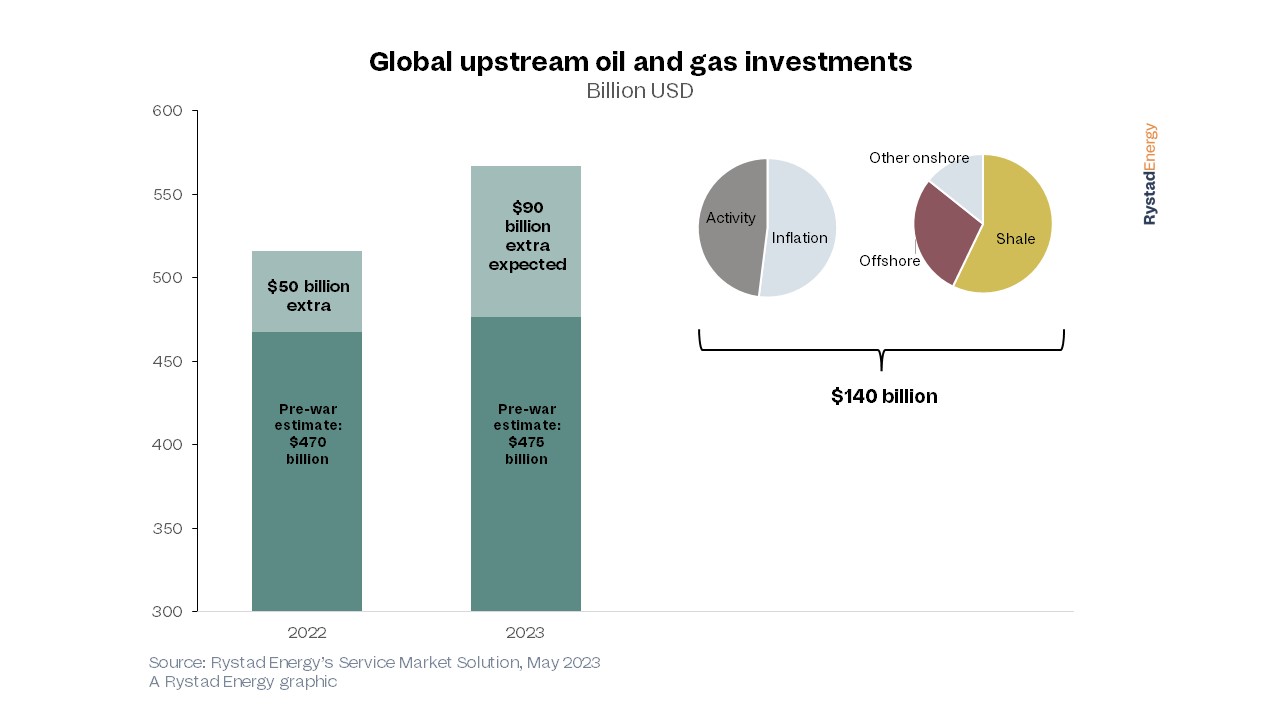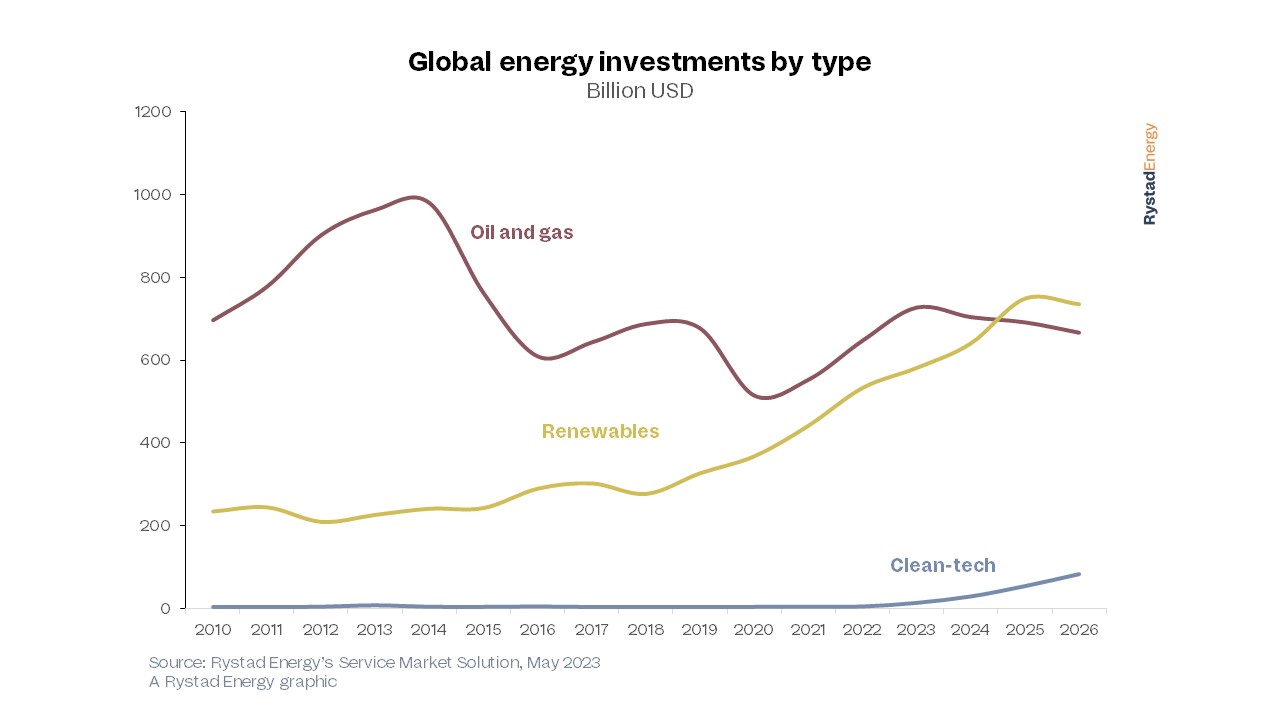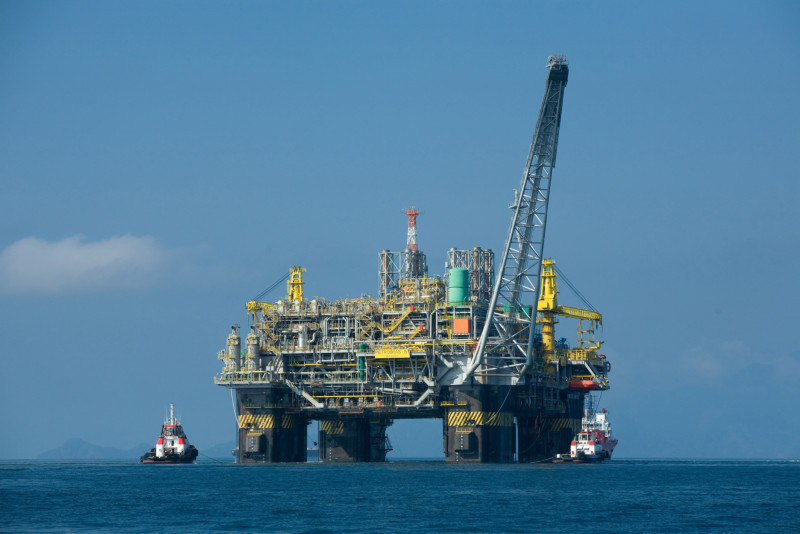Global energy reliability concerns are triggering a surge in oil and gas investments – but this uptick is only temporary, and service companies should capitalize now before the focus returns to the energy transition, according to Rystad Energy.
After Russia invaded Ukraine, expected investments in fossil fuels in 2022 and 2023 surged by $140 billion, Rystad research shows. Before the war, the two-year total was projected at $945 billion, but as the war sparked shortages and sky-high prices, expected spending has jumped to almost $1.1 trillion.
Of the $140 billion growth, shale production attracted most of the limelight with an additional $80 billion increase, as activity climbed 30% and pricing for oilfield services jumped nearly 50%, Rystad said. Offshore production accounted for $40 billion in growth, while other onshore activities expanded by an additional $20 billion.
"Service companies should make the most of this upturn now, while keeping one eye firmly on the future. The energy transition is not slowing down," said Audun Martinsen, head of supply chain research, Rystad Energy. "Huge waves of investments in renewables and clean tech are on the horizon. So, to ensure their long-term success, service companies should adapt their offerings now to capitalize fully on the inevitable green revolution."
Last year’s sudden need for more upstream activity through more rigs, more completed wells, and more greenfield sanctioning was so strong that the oilfield service supply chain could not meet the record demand for services and equipment that emerged in shale, offshore and conventional markets, Rystad said. As a result, service prices rose, and more than half of the additional spending so far has ended up as a 5% increase in suppliers’ profit margins rather than as more activity.
Energy security concerns have unlocked significant additional investments in oil and gas, boosting spending forecasts and sending the expected timing for peak oil demand out in time. The first wave of extra spending over the past 15 months mainly went to oil and gas, while low-carbon industries faced a slowdown due to high inflation and shortages in the supply chain. But low-carbon spending will bounce back, as energy security is not only about securing oil and gas here and now but also about securing cleaner energy for the future, Rystad said.
The U.S. Inflation Reduction Act and the recently announced Critical Raw Mineral and Technology Acts in the European Union will strengthen the significant investment cycle brewing in the renewable and clean-tech sectors. Solar, wind, carbon capture, hydrogen, and batteries are all markets that will benefit from supportive policies to accelerate low-carbon deployment and build up local supply chains.
“Gaining control of the supply chain is crucial for countries and regions to become less dependent on global value chains. Even though the sun shines and the wind blows in every country, the energy must still be harnessed and stored locally. This can only be done with a reliable, often local, supply chain,” said Martinsen.





